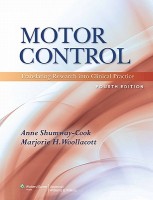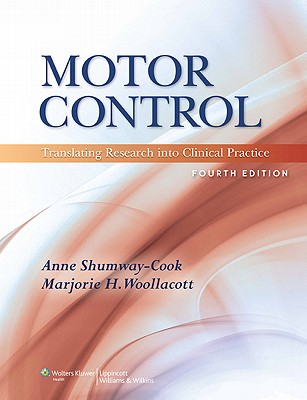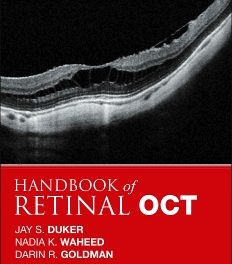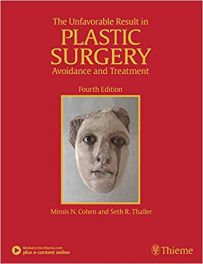 Authors: Anne Shumway-Cook, PhD, PT, FAPTA and Marjorie H. Woollacott, PhD
Authors: Anne Shumway-Cook, PhD, PT, FAPTA and Marjorie H. Woollacott, PhD
Publisher: Wolters Kluwer | Lippincott Williams & Wilkins – 641 pages
Book Review by: Nano Khilnani
The authors state in the Preface of this book that its primary purpose is to reduce the large gap that exists between research in the area of motor control and practice. They point out that in recent years there has been a large increase in neuroscience research and this book aims to help physicians, physical therapists and other professionals translate the research findings into best clinical practices.
Ann Shumway-Cook is a professor in the division of physical therapy in the department of rehabilitation medicine at the University of Washington in Seattle, Washington.
Marjorie Woollacott is a professor in the department of physiology in the Institute of Neuroscience at the University of Oregon in Eugene, Oregon.
In a large-size hardbound book with an accompanying DVD, the latest information in neuroscience and motor control presented in its 19 chapters is organized into four main parts:
Part I – Theoretical Framework
Part II – Postural Control
Part III – Mobility Functions
Part IV – Reach, Grasp and Manipulation
In Part I, present-day theories in neuroscience are discussed; and how motor control, motor control learning and function are recovered after neurological insult. The clinical implications are also covered here. Also looked into are the physiological basis of motor control and motor learning.
This part suggests a conceptual framework for clinical practice as well as one for comprehending and looking into impairments in the patient with neurological deficits. This part establishes a foundation for the rest of the book, which looks into related motor control problems such as posture and balance in Part II, mobility in Part III and reach, grasp and manipulation in Part IV.
The range of subjects covered in the 19 chapters is extensive.
Chapters 1 through 6 in Part I respectively cover motor control issues and theories; motor learning and recovery of function; physiology of motor control; physiological basis of motor learning and recovery of function; constraints on motor control; and a conceptual framework for clinical practice.
Chapters 7 through 11 in Part II deal with normal postural control; development of postural control; aging and postural control; abnormal postural control; and clinical management of the patient with a postural control disorder
Chapters 12 through 15 discuss issues relating to control of normal mobility; a life span perspective of mobility; normal mobility; and clinical management of a patient with a mobility disorder.
Chapters 16 through 19 address problems about normal reach, grasp and manipulation; reach, grasp and manipulation: changes across the life span; abnormal reach, grasp and manipulation; and clinical management of the patient with reach, grasp and manipulation disorders.
There are several updates in this edition. The findings of new research in mobility, postural control and upper extremity function have been added to it. The number of Lab Activity tables has been increased. Also added are five case studies with videos, so the reader can more easily understand specific impairments.
The excellent format and intelligent organization of material in the chapters makes for easier absorption by the student or professional. Each chapter starts with a Learning Objectives section; followed by a brief Introduction with questions and answers; then headings on different topics and discussions.
Numbered charts, tables, and other study aids are provided throughout topic discussions. A Summary with numbered points is provided at the end of each chapter. Also provided are answers to the questions in the Lab Activity tables.
While this book contains discussions of recent research studies, the authors advise readers to go to primary resources, as well as read on the findings from the latest studies, material from which may not be included in this volume
All in all, this is an excellent resource for practitioners in neuroscience and motor control. Drs. Anne Shumway-Cook and Marjorie Woollacott have done an outstanding job with this book which contributes to compiling and disseminating knowledge about the subject.
Purchasers of this book are entitled to a searchable online version of this book, and videos on different types of deficits-impairments in motor control.







